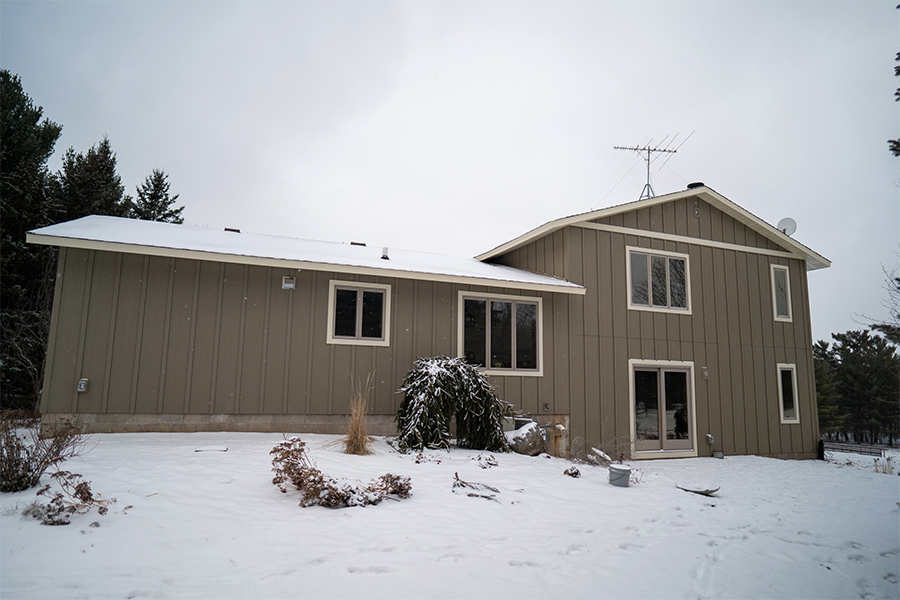Business Advice3 min
How to Install Board and Batten Style Siding
The board and batten style has become increasingly popular among homeowners looking for exterior home upgrades. As demand increases, it's important for builders to stay up to date on best practices to ensure efficient installation that doesn't compromise quality.
Josh Chaldek, Senior Sider and Project Manager at Lindus Construction, shares his siding tips and best practices for board and batten style siding and trim installation.
How To Install the Board and Batten Style with Siding and Trim
Step 1: Plan Your Layout
The first step to successful installation is planning ahead. Since the board and batten style is unique compared to other design styles, it's important to lay out your plans ahead of time to consider visual variables such as ensuring battens don't fall off center of a gable wall.
"Generally, the easiest way to make sure the layout of the battens is perfect is to find the center of the wall and set that first panel of siding exactly centered," says Chaldek. This helps to ensure that the layout is correct going both directions away from the center for a balanced exterior when the battens are installed.
Step 2: Install Vertical Boards or Panel Siding
After you've planned out your spacing, begin installing your exterior siding materials. There are three options to choose from when it comes to the board and batten style: panel siding, vertical siding or lap siding installed vertically.
Chaldek prefers LP SmartSide Smooth Finish Panel siding because of its clean and traditional look that complements modern farmhouse style siding, among other styles. In addition to having fewer vertical seams, panel siding is a versatile option when it comes to batten placement.
Chaldek's biggest installation tip is to start strong. "The main key for board and batten style siding installation is making sure to get started plumb and straight with the home," says Chaldek. Ensuring proper installation of the first piece will dictate every piece after.

Step 3: Add Battens
Once your vertical, lap or panel siding is installed, add battens to complete the look. Chaldek recommends pairing exterior siding panels with 5/8 x 2-1/2 inch battens, which should fall either directly in the center of the wall or be spaced evenly on either side.
Learn more about the advantages of using LP SmartSide Trim & Siding products and proper installation techniques for your next project.
Want more ideas for your board and batten installation? Check out our inspiration gallery.
Continue Reading
Resiliency Solutions
5 minIntroducing LP® SmartSide® ExpertFinish® Naturals Collection™: Nature-Inspired Beauty Meets Engineered Performance
We're excited to introduce the LP® SmartSide® ExpertFinish® Naturals Collection™, a bold new addition to our trusted line of engineered wood siding and trim that delivers the warmth and beauty of nature with the advanced protection and performance builders and homeowners expect.
Labor Solutions
5 minChoosing the Right LP® Structural Solutions Product for Your Build
When it comes to building strong, reliable, and high-performing structures, the materials you choose matter. At LP Building Solutions, we understand that every project, whether it's a single-family home or a multifamily development, requires structural components that meet your needs for strength, durability, and efficiency.
Sustainability Solutions
5 minBuilding a More Sustainable Future with LP Building Solutions
In today's world, sustainability is no longer just a buzzword, it's a blueprint for responsible living and smarter building. As the construction industry seeks ways to reduce its environmental footprint, LP Building Solutions is focused on providing innovative building materials for eco-conscious builders to help reshape what it means to build sustainably
News & Stories3 min
History of Partnership with Gary Sinise Foundation
The LP Foundation is a proud partner of the Gary Sinise Foundation, which supports wounded veterans in several ways. You can learn more about the LP Foundation here.